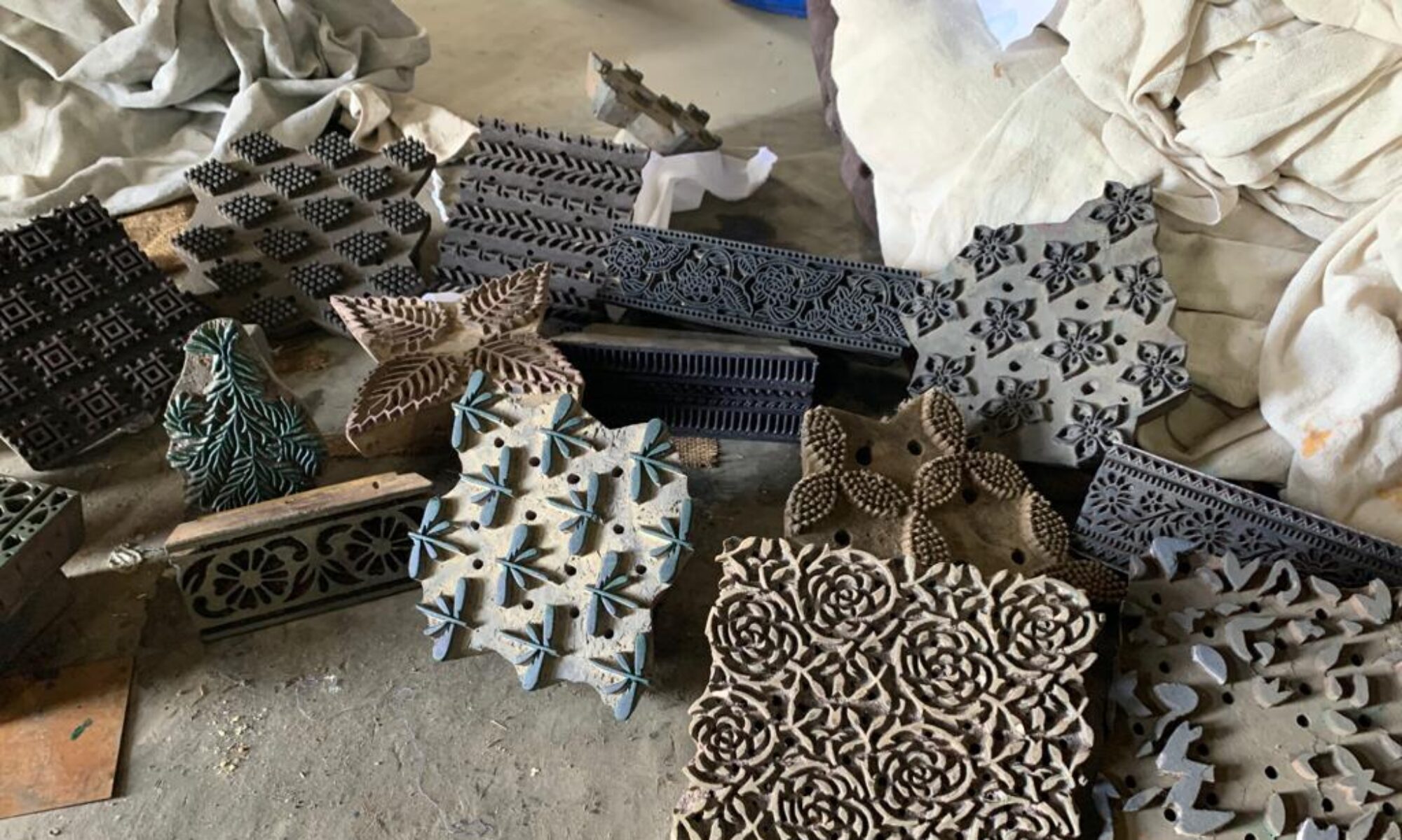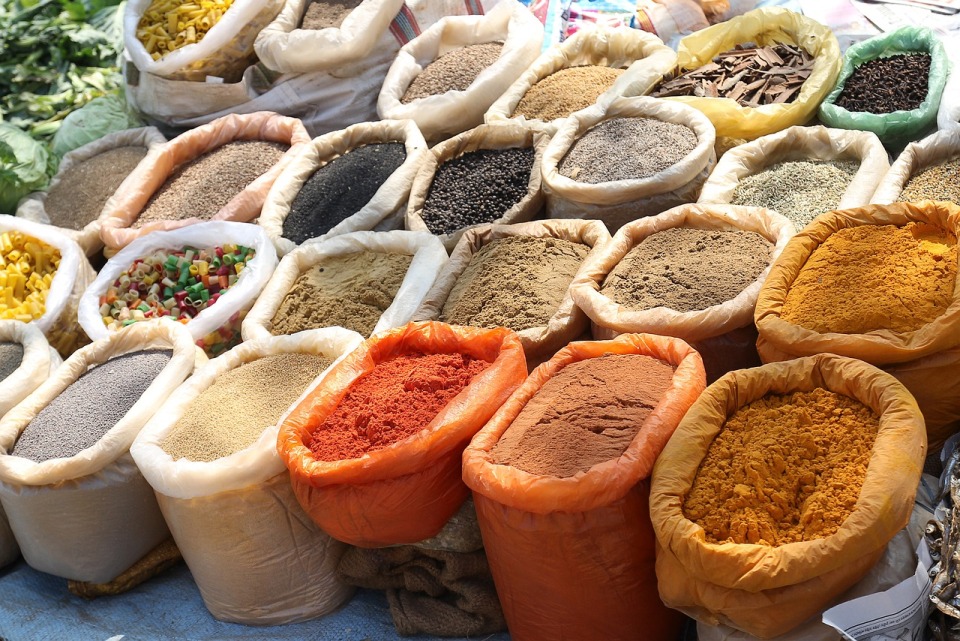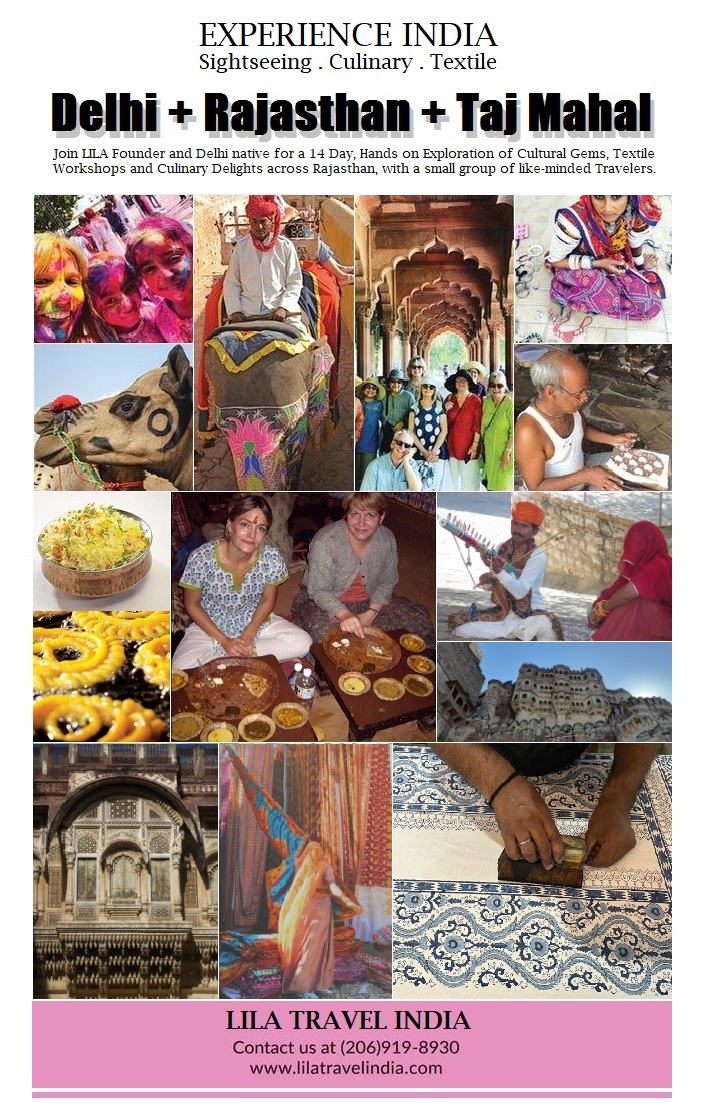Indian cuisine is renowned worldwide for its bold flavors and aromatic spices. From the pungent taste of cumin to the heat of chili peppers, Indian spices play a vital role in creating the complex and diverse flavors of the country’s cuisine. In this essay, we will explore the history of Indian spices, their cultural significance, and the different types of spices used in Indian cuisine.
History of Indian Spices
India has a rich history when it comes to the production and trade of spices. The country’s location, with its access to the Indian Ocean and proximity to other spice-producing regions, made it an important hub for the spice trade. The demand for spices in Europe and the Middle East led to the development of a vast network of trade routes, which connected India with the rest of the world.
Some of the earliest records of the use of spices in India can be found in ancient texts such as the Rigveda and the Atharvaveda. These texts mention the use of spices such as black pepper, cumin, and ginger in cooking and for medicinal purposes.
During the medieval period, India became a center for the production and trade of spices. Spices such as cinnamon, cloves, and cardamom were highly prized, and their trade was a major source of income for the country. European powers such as Portugal, France, and Britain were attracted to India’s spice trade, leading to the colonization of the country.
Cultural Significance of Spices in Indian Cuisine
Spices play an integral role in Indian cuisine, both in terms of flavor and cultural significance. In Hinduism, certain spices are associated with religious rituals and ceremonies. For example, the use of saffron, a highly prized spice, is associated with purity and is used in various Hindu rituals.
Spices are also used in Ayurvedic medicine, an ancient Indian system of medicine that focuses on maintaining a balance between the body, mind, and spirit. Spices such as turmeric, ginger, and cinnamon are used for their medicinal properties and are believed to help improve digestion, boost the immune system, and promote overall well-being.
Types of Indian Spices
Cumin – Cumin is a spice that is commonly used in Indian cuisine, particularly in curries and spice blends. It has a warm, earthy flavor and is often used to add depth and richness to dishes.
Coriander – Coriander is another staple of Indian cuisine, often used in combination with cumin. It has a fresh, citrusy flavor and is used in a variety of dishes, from curries to chutneys.
Turmeric – Turmeric is a bright yellow spice that is used to add color and flavor to dishes. It has a slightly bitter, earthy flavor and is often used in combination with other spices.
Ginger – Ginger is a root spice that is used to add heat and flavor to dishes. It has a spicy, pungent flavor and is often used in both sweet and savory dishes.
Cardamom – Cardamom is a highly prized spice that is often used in Indian sweets and desserts. It has a sweet, floral flavor and is also used in spice blends and teas.
Cloves – Cloves are a spice that is commonly used in Indian cuisine, particularly in biryanis and meat dishes. They have a strong, sweet flavor and are often used in combination with other spices.
Cinnamon – Cinnamon is a spice that is used to add warmth and sweetness to dishes. It has a sweet, spicy flavor and is often used in desserts and sweet dishes.
Mustard seeds – Mustard seeds are a small, black seed that is commonly used in Indian pickles and chutneys. They have a pungent flavor and are often used to add a sharp, tangy flavor to dishes.
Fenugreek – Fenugreek is a spice that is commonly used in Indian curries and spice blends. It has a slightly bitter, nutty flavor and is often used in combination with other spices.
Chili peppers – Chili peppers are a staple of Indian cuisine and are used to add heat and spice to dishes. They come in a variety of shapes and sizes and can range in heat from mild to extremely spicy.
Uses of Indian Spices
Indian spices are used in a variety of ways in cooking. They are often ground into spice blends, which are used as the base for curries and other dishes. Spice blends can be made from a variety of spices and can range in complexity from simple blends of cumin and coriander to more complex blends that include dozens of different spices.
Spices can also be used to flavor oils and ghee, which are used as the base for many Indian dishes. For example, cumin seeds and mustard seeds are often fried in ghee to create a fragrant base for curries and other dishes.
Spices can also be used to add flavor and texture to dishes. For example, whole spices such as cardamom pods or cinnamon sticks are often added to rice dishes or stews to add depth and complexity to the flavors.
Join us on our Culinary tour to Experience Indian Cuisine. Savor the authentic flavors of India with culinary tours and cooking classes with Lila Travel India.
Come, join us on a magical Culture Culinary Craft Tour of Rajasthan India – Experience India’s textile heritage on immersive tours by Lila Travel India – Led by Delhi Native based in Seattle USA – https://lilatravelindia.com/culture-culinary-textile-tour-of-rajasthan/
#culturaltourrajasthan #culinarytourindia #textiletourindia #luxurytoursindia #rajasthan #india #lilatravelindia


